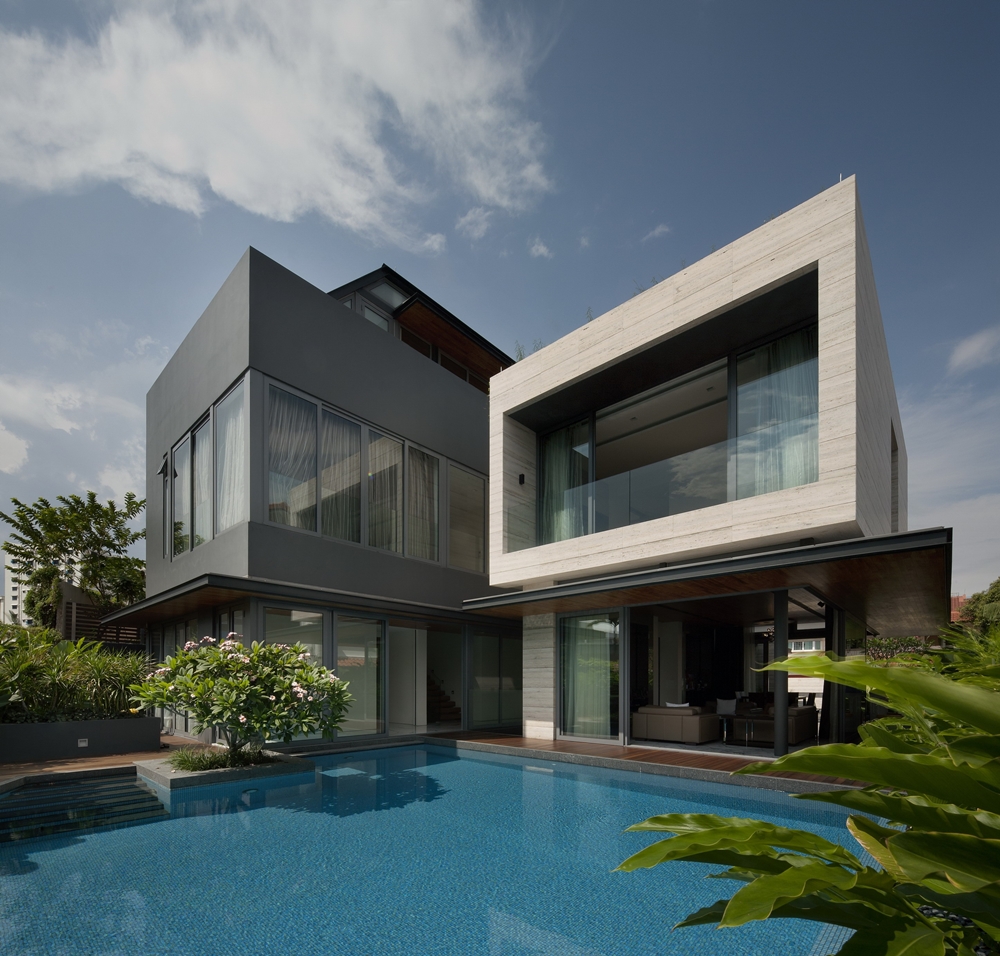Architectural design is more than just a discipline; it is a vision that transforms ideas into tangible spaces. Every line drawn and every brick laid carries the weight of creativity and purpose, shaping not only our surroundings but also our experiences within them. In an era where the functionality and aesthetics of buildings are paramount, architects serve as dream weavers, balancing innovation with practicality.

As we delve into the world of architectural design, we uncover how this field goes beyond traditional blueprints. It is a collaborative process that invites dialogue between architects, clients, and communities. Each project tells a unique story and reflects the cultural and environmental context in which it exists. From urban skyscrapers to serene residential homes, architectural design has the power to inspire and elevate the human experience, inviting us to rethink how we engage with our built environment.
The Essence of Architectural Vision
Architectural design transcends mere structural aesthetics; it embodies the aspirations and dreams of those who inhabit the spaces created. Every building tells a story, interweaving the desires of its users with the functionality required for modern living. The essence of architectural vision lies in the ability to foresee how spaces will be experienced, extending beyond walls and roofs to encompass the feelings and memories associated with each environment.
An architect's vision is informed by a deep understanding of the context in which they design. This includes the cultural, historical, and geographical elements that shape a community's identity. By engaging with these factors, architects can create designs that resonate with users on a personal level. The thoughtful consideration of light, shadow, and materials plays a crucial role in this process, ensuring that the final product harmonizes with its surroundings.
Ultimately, the foundation of architectural design rests on innovation and inspiration. Architects strive to push boundaries, challenge norms, and explore new technologies to elevate their designs. In this pursuit, they craft spaces that not only serve practical needs but also inspire creativity and foster connection, making the built environment a tapestry of human experience that evolves over time.
Innovative Techniques in Design
Architectural design has evolved dramatically in recent years, embracing innovative techniques that push the boundaries of creativity and functionality. One significant advancement is the use of parametric design, which allows architects to manipulate complex forms and spaces through algorithms. This approach not only enhances aesthetic appeal but also optimizes structures to improve performance and sustainability. Through digital modeling, architects can visualize intricate designs and make informed decisions that resonate with modern environmental standards.
Another emerging technique is the integration of virtual and augmented reality in the design process. These technologies offer immersive experiences that enable clients and stakeholders to explore projects before they are built. This not only aids in understanding the spatial dynamics and visual aspects of a design but also fosters collaboration between architects and clients. By experiencing designs in a virtual environment, feedback can be gathered early in the process, leading to more refined outcomes that align closely with the client’s vision.
Finally, sustainable design practices have become a critical focus in architectural innovation. Techniques such as biophilic design, which incorporates natural elements into built environments, enhance the well-being of occupants and promote ecological balance. Additionally, the use of renewable materials and energy-efficient systems is increasingly prioritized. By employing these sustainable techniques, architects are not only addressing current environmental challenges but also shaping a future where design harmonizes with nature and human experience.
Transforming Ideas into Structures
Turning creative concepts into physical forms is at the heart of architectural design. This process begins with a deep understanding of the client's vision, needs, and aspirations. Architects engage in dialogue to extract the essence of what the client desires, ensuring that the initial ideas are not just understood but also respected throughout the design process. Sketches, models, and renderings emerge, each translating abstract thoughts into tangible representations that can be explored and refined.
Once initial designs are realized, collaboration becomes essential. Architects work alongside engineers, designers, and various specialists to ensure that the structures are not only beautiful but also safe, functional, and sustainable. This phase often involves revisiting the original ideas, adjusting them to meet practical constraints while maintaining the core intent of the design. Each modification is a delicate balance of maintaining artistic integrity while adhering to regulatory standards and environmental considerations.
As the project progresses toward realization, the transformation of ideas into structures culminates on-site. Construction teams bring blueprints to life, translating plans into reality through skilled craftsmanship and innovative techniques. Throughout this journey, architecture remains an evolving dialogue, continually shaped by emerging challenges and opportunities. The final result stands as a testament to the power of imagination and the incredible journey from concept to creation, showcasing how dreams can be manifested through thoughtful architectural design.
